
What Is PAH? | Understanding Paradoxical Adipose Hyperplasia Due To CoolSculpting
PAH usually presents as an enlarged bulge in the treatment area, and is firm or dense when compared to surrounding tissue.
Two of the most frequent questions our CoolSculpting specialists get asked are: 1) “Does CoolSculpting really work?” and 2) “Can I do CoolSculpting at home?”
First off: Yes, CoolSculpting definitely works! CoolSculpting is FDA cleared and scientifically proven to eliminate stubborn fat. Millions of treatments have been performed worldwide helping patients feel truly confident about how they look.
Secondly: As to whether you can achieve Coolsculpting-like results at home with things like ice packs, dry ice, cryotherapy, or imitation fat-freezing machines… the unfortunate answer is NO. DIY CoolSculpting doesn’t work and it’s potentially harmful.
Let’s break down the science behind why in-office Coolsculpting works, and why it’s a poor idea to try to replicate this state of the art treatment at home.
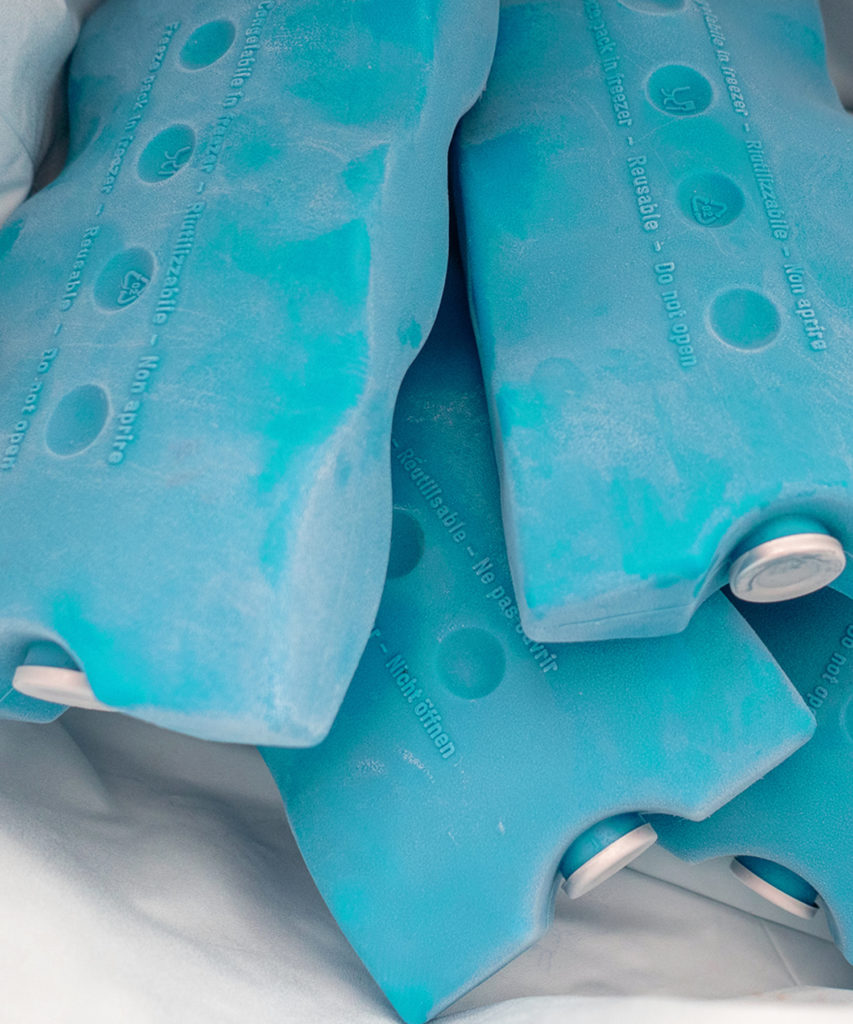
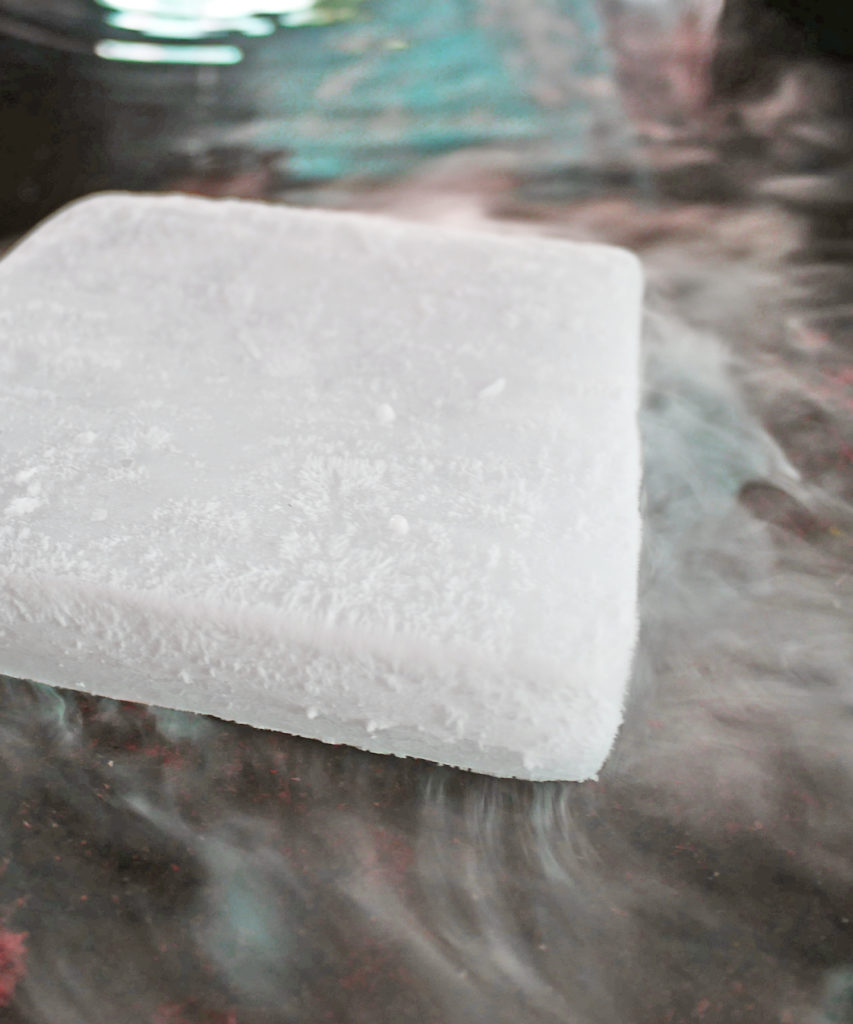
The invention of CoolSculpting comes from the idea that when fat cells are frozen, they undergo natural cell death. This discovery, also known as “cryolipolysis,” was made by Harvard researchers who noticed that children who sucked on popsicles for long periods of time developed fat loss, or atrophy, in their cheeks. 1
This simple idea – freeze fat cells and they go away – is probably why many people are mistakenly led into believing that DIY CoolSculpting can work at home.
But don’t be fooled. The technology behind CoolSculpting is actually very sophisticated.
Getting something to freeze can be accomplished easily – at a low enough temperature anything will freeze. Just consider some typical food items: soup, dairy, cream, meat, beer, etc. Toss any of these items into your freezer and they’ll be solid as a rock a few hours later.
But therein is the catch. Sure, adipose tissue (fat) can be frozen – but how do we ONLY freeze fat cells while keeping the surrounding tissue unharmed?
Well, thankfully mother nature left us a gift: FAT freezes at a higher temperature than WATER. Think of fats and oils used in the kitchen for cooking – they solidify or “freeze” when placed in the fridge, while water in the fridge remains just that, water. Using this basic principle, fat cells can be frozen while surrounding water-filled cells (like muscles, nerves and blood vessels) remain uninjured.
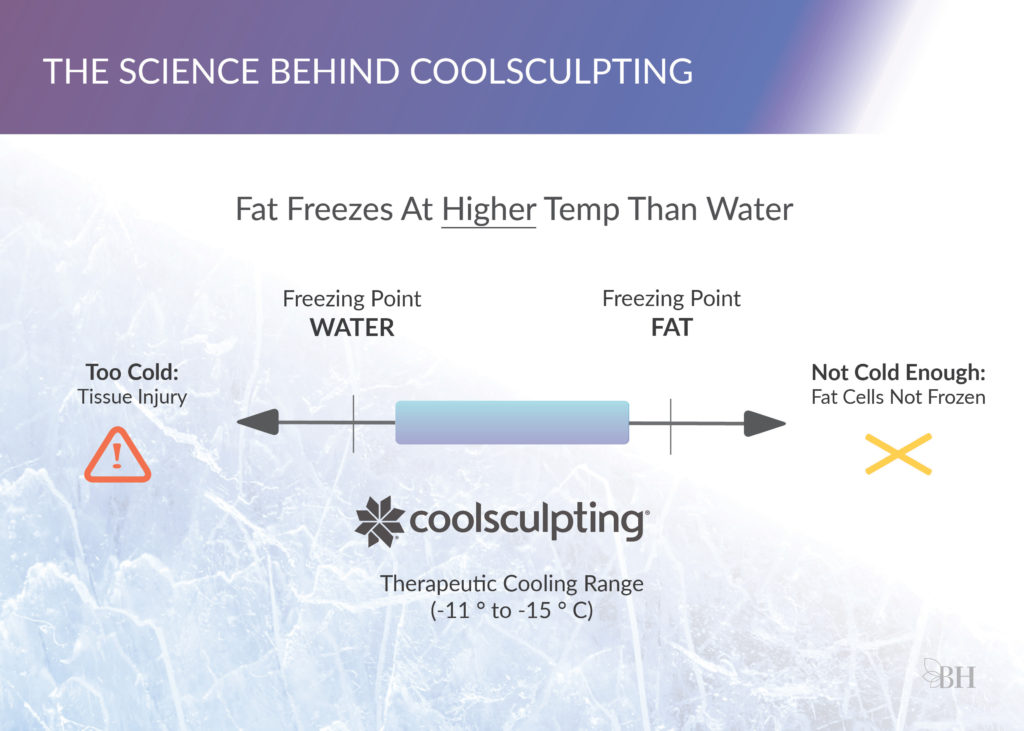
Bringing this concept to reality is, of course, easier said than done! Today’s CoolSculpting machines are the culmination of decades of research and testing. CoolSculpting is the first cryolipolysis platform of its kind, (as shown by the number of original patents they’ve developed, see here). With CoolSculpting, we now have a treatment that can reduce fat by up to 20-25% with a single 35-minute session in the office! 2
At home DIY CoolSculpting involves the use of freezer packs, ice cubes, dry ice, cryotherapy, and knockoff devices to try to get rid of stubborn fat. People often want to use DIY CoolSculpting on areas like the underchin, abdomen, flanks and thighs.
DIY CoolSculpting methods do not have any FDA clearance and are not scientifically researched. They’re not bound by any rules and regulations, making them ineffective at best, and downright dangerous at worst.
CoolSculpting, on the other hand, is a Class II medical device cleared by the FDA, which meets and exceeds government requirements for safety and effectiveness. (FDA clearance doesn’t come easy, by the way, it requires extensive PreMarket Approval (PMA), or 510(k) clearance, learn more here.)
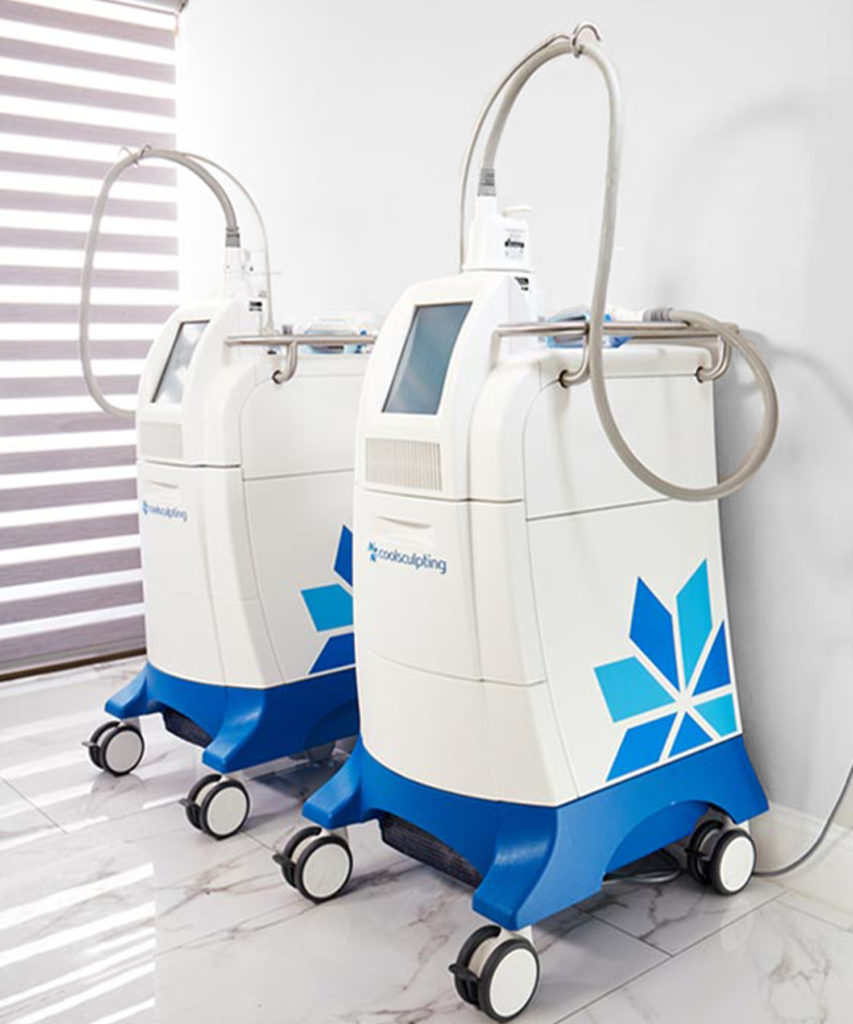
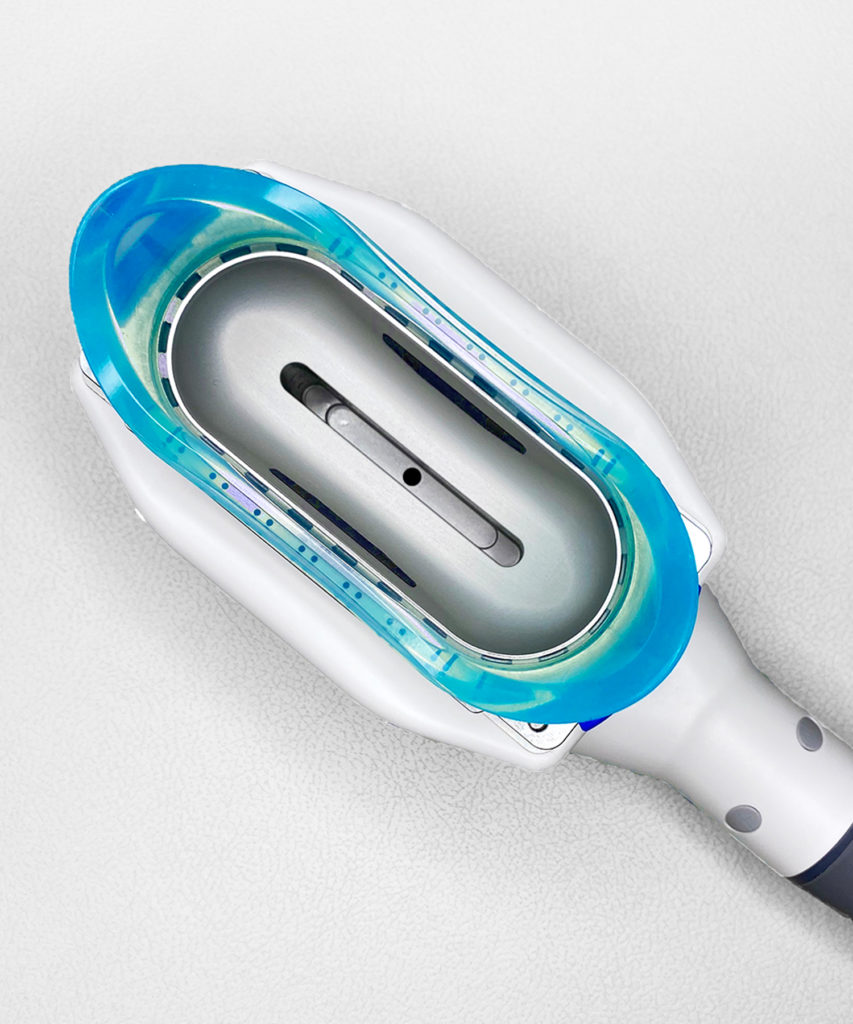
Common sense tells us that prolonged exposure to super-cold temperatures on the skin is dangerous. It can cause burns and severe tissue damage. If you’ve ever accidentally touched dry ice, you’re aware that it’s cold enough to burn your skin in mere seconds. For these reasons, freezer packs and dry ice should never be used for any sort of at home Cool Sculpting.
You may be wondering, then why is it okay to be exposed to super-cold temperatures during Cool Sculpting, but not with ice packs or dry ice? Well, it’s all in the underlying design and technology of the CoolSculpting system.
To protect against dangerous thermal events, CoolSculpting uses a patented freeze detection system to ensure that temperatures are maintained in a safe range throughout treatment. This feedback system collects temperature data from the surface of the skin. If the tissue becomes too cold, the machine adjusts its output, or will abort the treatment altogether, if needed. (For more info, read here.)
CoolSculpting also uses specially designed pre-treatment skin wipes and fructose-based gel pads to protect the surface of the skin during treatment. This insulates the skin from thermal injury and prevents frostbite, allowing better cooling of the underlying fatty tissue.
Despite what you may have read on Reddit (see here) or elswhere, DIY CoolSculpting methods are NOT effective when it comes to freezing fat. DIY methods are simply unable to keep fat cold enough, for long enough time.
Sure, your freezer chills items to -18°C (0°F), which is about the therapeutic range of CoolSculpting. But that -18°C ice pack you grabbed from the freezer gets warm within minutes of putting it on the skin, as it absorbs the body’s heat. There is no sustained cooling, which means no measurable fat reduction.
CoolSculpting is effective because it uses a patented thermoelectric cooling system. Coolant circulates continuously through a thick, sturdy applicator hose, chilling the metal cooling plates to -11°C to -15C° for 35-75 minutes at a time! Imagine your home freezer on steroids – that’s how powerful a 215 Lb CoolSculpting machine is!
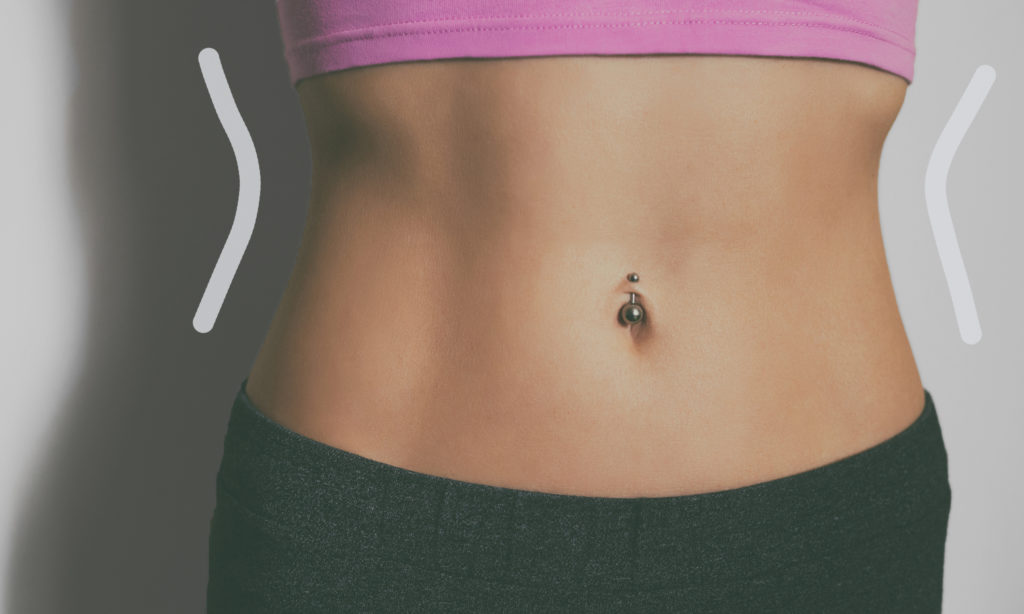
The results of cryolipolysis are permanent, once the fat cells are gone – they’re gone for good. So even if DIY CoolSculpting worked, the biggest question would be how to guarantee that the results you get would be something you love forever. Are you really comfortable conducting a permanent treatment on yourself without knowing the underlying anatomy, ideal aesthetic shapes and proportions, or the difference between subcutaneous and visceral fat, etc?
As a comparison: When you want your hair to look great, you don’t cut and style your hair at home. You go see the best stylist you know and let them do what they’re best at. And this is for a service that – if botched – still grows back, nevertheless!
Fat freezing should be approached with no less regard! It should be performed under the care of a board-certified provider who can develop an individualized treatment plan specially for you. CoolSculpting allows highly customizable treatment, with a suite of applicators that can freeze fat just about anywhere. (Learn more about all the different CoolSculpting applicators in our post here.)
A bodysculpting specialist can also guide you in terms of other therapies that might work well along with CoolSculpting, (such as EmSculpt, or HIFEM, Kybella injections, laser therapies, or even surgical liposuction). If you’re trying to do CoolSculpting by yourself at home, you’ll miss out on all the professional experience a CoolSculpting specialist has to offer.
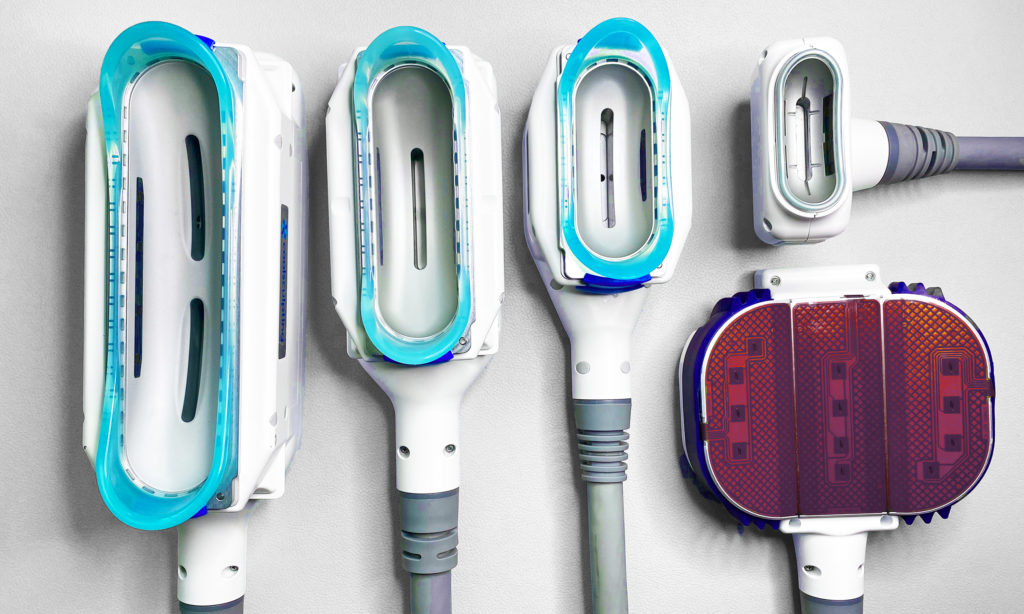
The plain truth is that DIY CoolSculpting isn’t a good choice for getting rid of stubborn fat.
At home remedies using ice packs, straps, dry ice, cryotherapy, or knockoff devices are simply not sophisticated enough to deliver safe or measurable fat reduction. These methods are untested, unregulated, and could be potentially harmful.
Despite the simple idea behind CoolSculpting (freeze fat cells and they go away) – CoolSculpting is a highly modern medical treatment that simply cannot be replicated at home. CoolSculpting uses patented technology to deliver safe and effective results, and requires application by a bodysculpting specialist to get aesthetically pleasing results.
The science behind fat freezing is powerful stuff. Avoid the pitfalls of at home DIY CoolSculpting and make the choice to do it right. Invest in yourself with CoolSculpting by an experienced provider. You’ll thank yourself in the long run, what are you waiting for?

Dr. Crawford is a board certified medical physician with a special interest in guiding patients to their full health potential, integrating mind, body & spirit.
He has extensive clinical experience in the ambulatory, acute care and critical care settings.

PAH usually presents as an enlarged bulge in the treatment area, and is firm or dense when compared to surrounding tissue.
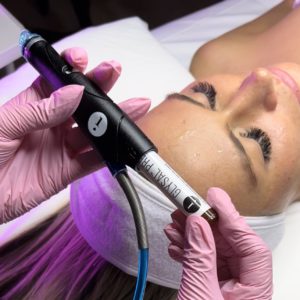
HydraFacial Booster Serums typically include ingredients such as Vitamin C, Hyaluronic Acid, Tranexamic Acid, Glycolic Acid, Retinol, designed for maximum glow potential.
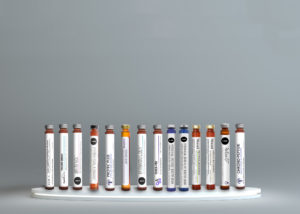
HydraFacial Booster Serums typically include ingredients such as Vitamin C, Hyaluronic Acid, Tranexamic Acid, Glycolic Acid, Retinol, designed for maximum glow potential.